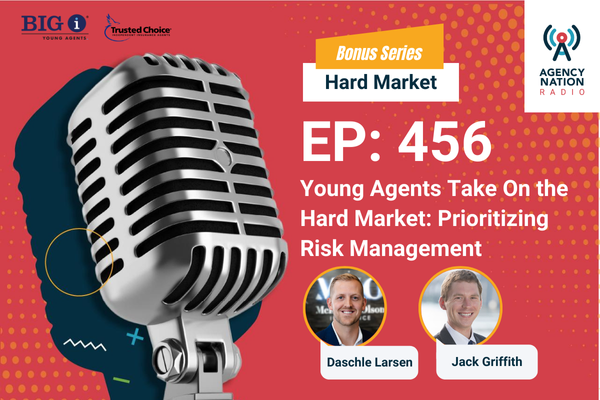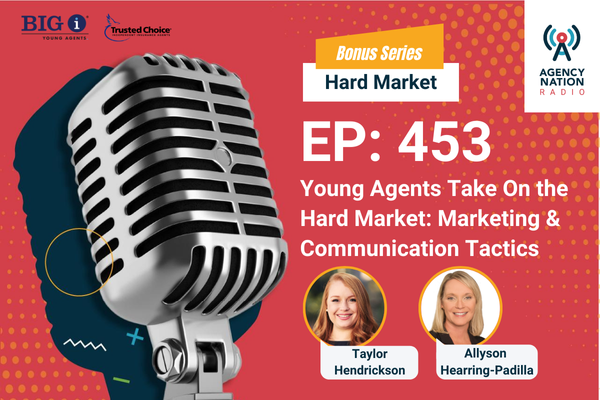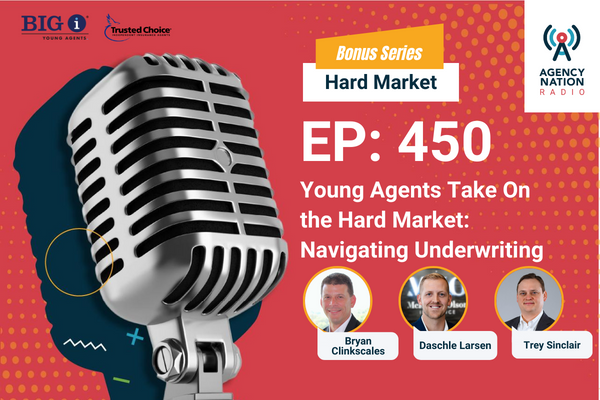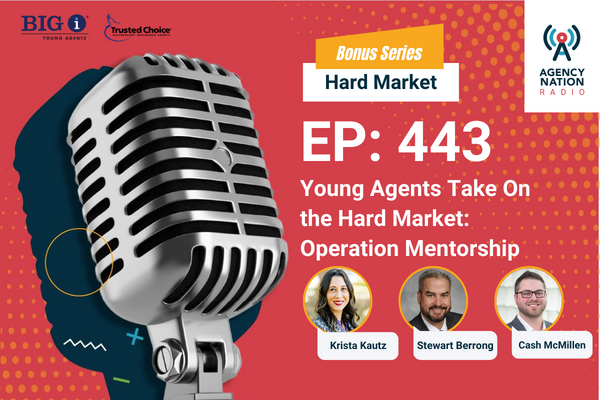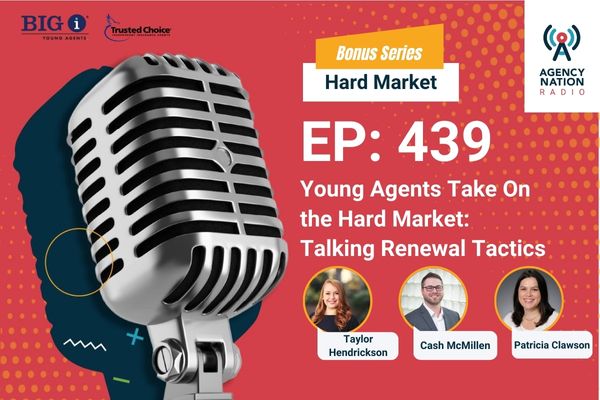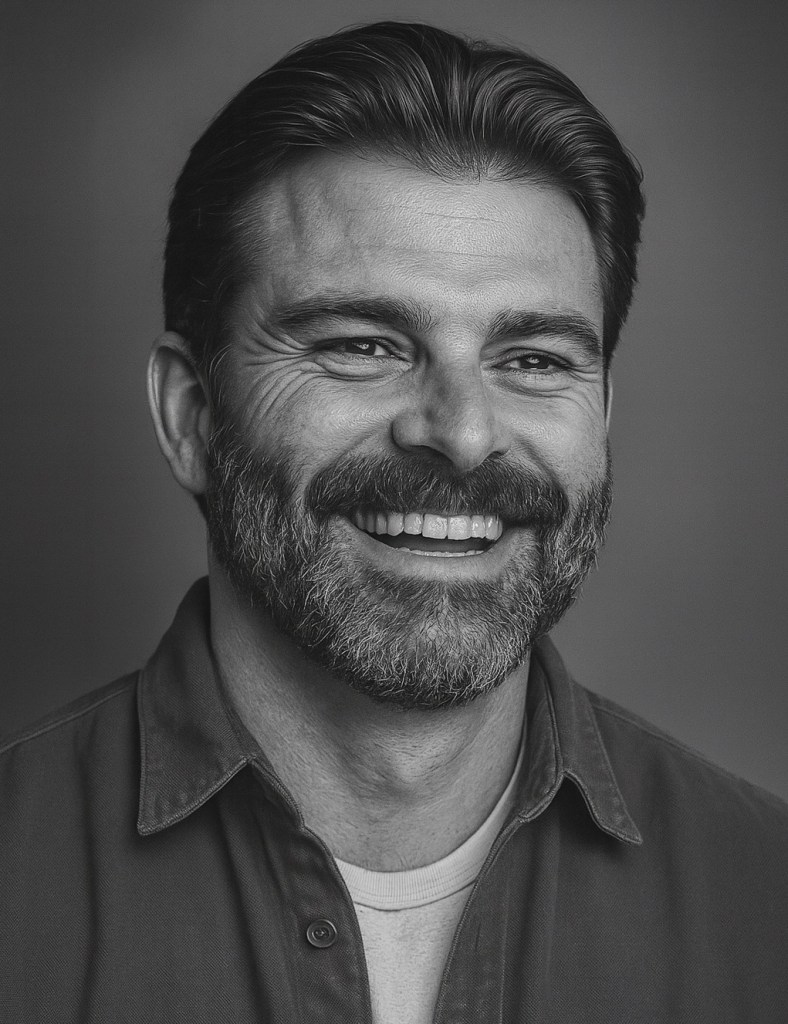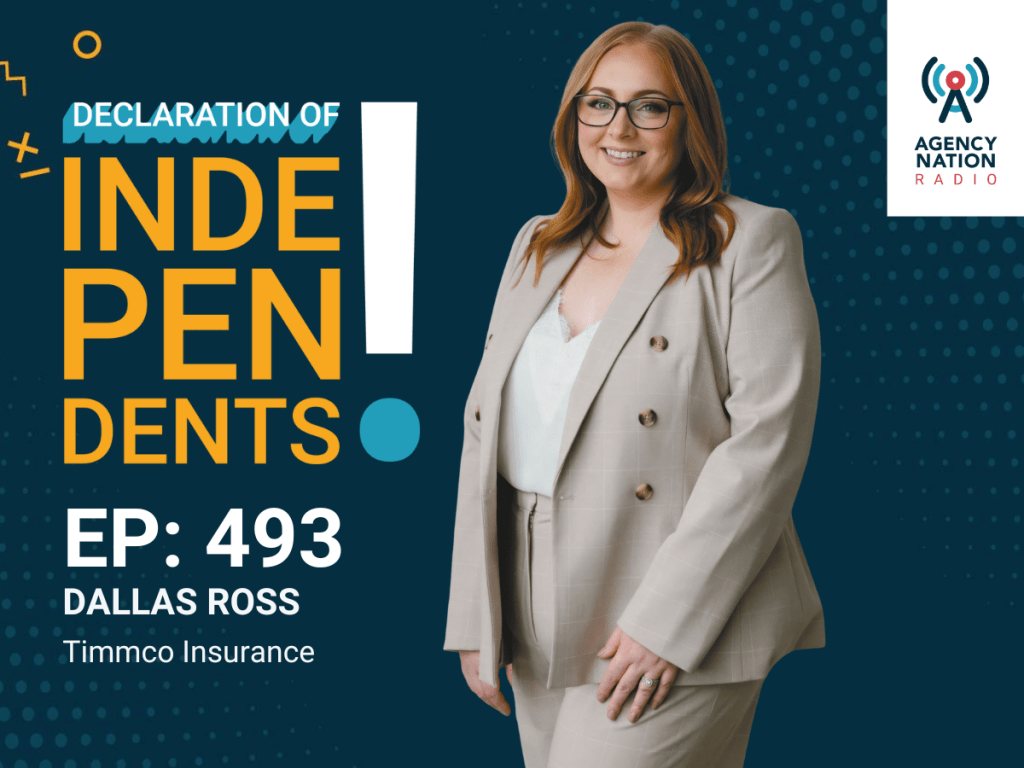Reflections From The 2025 Inclusive Agency Roundtable

By Jamie Behymer
During the 2025 Big “I” Legislative Conference in April, the Big “I” Diversity Council hosted the Inclusive Agency Roundtable. The roundtable brought together independent agents, company partners and industry leaders to discuss actionable strategies for creating more inclusive agencies and how agencies can reflect the diverse communities they serve.
One theme became clear: Diversity and inclusion must be more than surface‑level commitments. They must be embedded into everyday operations, reflected in an agency’s core values and integrated into recruitment and retention strategies.
To explore how to implement meaningful, actionable steps toward inclusion, the Inclusive Agency Roundtable focused on three areas: marketplace, workforce and workplace.
Here are the takeaways from their discussion:
1) Marketplace: Meeting Communities Where They Are
The marketplace refers to customers and clients who have unique experiences, needs and preferences.
One of the most urgent calls from the roundtable was for agencies to show up in their communities. Not just to sell, but to support. Agencies need to be visible and helpful outside of the traditional office setting. This includes partnering with local nonprofits, community organizations, schools and grassroots organizations. Engagement in local organizations demonstrates authentic care and naturally expands reach, extending conversations to audiences that might not be engaged otherwise.
Roundtable participants highlighted the issue that the demographics of agency staff often do not accurately reflect the communities they serve. This type of disconnect can weaken trust and communication between the agency and prospective clients.
“While our team reflects the community we’re in and understands their needs, changes in carrier appetites and underwriting guidelines mean we can’t always serve our immediate neighborhood,” said Ivan Hudson, owner of Ivan Hudson Insurance Agency in Arkansas. “Though fortunately, our client base extends far beyond geography.”
The solution: Be active in the community. Roundtable participants recommended reaching out to elementary schools, faith‑based organizations and community events to foster awareness of the industry and inspire the next generation. Several agencies allocate a portion of their budget specifically for community service efforts, not just as a branding opportunity but as a long‑term investment in inclusion. Offering agency staff the opportunity to volunteer during the workday is a great way to elevate public image and connect with community members.
Another recommendation is partnering with groups that have an affinity with the insurance industry, both at the local and regional levels, such as the National African American Insurance Association (NAAIA), the Latin American Association of Insurance Agencies (LAAIA), and the Asian American Insurance Network (AAIN). Relationships with these groups can open doors to diverse hiring pipelines and community engagement opportunities.

The Inclusive Agency Training Series
Inclusion can be reflected in both marketing and customer engagement strategies. Identify your target audience and utilize multiple channels to effectively reach them. Utilize translation services, choose varied communication channels and promote messages that resonate with people regardless of their background.
Ultimately, agencies must adopt a mindset of inclusion that transcends race and gender to include other nuances. “Find commonalities as humans,” one group shared. “The goal of engaging with the marketplace is not just representation, but connection.”
2) Workforce: Building Talent with Intention
The workforce is comprised of individuals who bring their unique experiences, skills and perspectives into your agency every day. Meanwhile, the insurance industry is facing a talent shortage, exacerbated by an aging workforce and a need for more diverse talent. Roundtable participants discussed how agencies can attract, develop and retain employees from underrepresented backgrounds.
One strategy is intentional hiring. Agencies should look beyond traditional applicant pools and reconsider what makes a great candidate. Participants advised searching in nontraditional places, such as service‑based industries, community colleges and apprenticeship programs for skilled candidates who could fill open roles.
Participants also recommended looking beyond resumes. Many candidates may be overlooked due to their education or socioeconomic status. These candidates might have character traits and skills, such as goal orientation and project management, that would make them excellent employees. Further, their experience and background could provide a new perspective at the agency to help elevate workflow.
When recruiting new talent, implementing diverse hiring panels can reduce unconscious bias. “Assemble a diverse interview team, include interviewers with diverse perspectives and backgrounds whenever possible,” said Christina Dixon, senior manager of diversity, equity & inclusion at Progressive. “Multiple perspectives help reduce individual biases, ensure a more balanced evaluation, and support the goal of hiring the best candidate for the role.”
Strategies such as team‑based interviews, implementing an early‑career mentorship program, and offering incentives for training and certifications can help find new talent and retain them through guided growth.
The Big “I” Diversity Council offers the Right Start Mentorship Program for new agency owners. This six‑month program equips agency owners with the tools and insights necessary to position an agency for success. Mentor groups include an agency owner mentee, agency owner mentor and company partner mentor to provide multiple perspectives across the industry.
Also, partnering with groups like Gamma Iota Sigma and InvestSM can help identify and encourage the upcoming generation to choose careers in insurance, creating a perpetuation plan for your agency.
Across roundtable groups, attendees emphasized that finding and retaining talent isn’t just filling a position but about building a diverse workforce that reflects the future of the industry.
3) Workplace: Creating Cultures of Belonging
The workplace is made up of an agency’s culture, structure, behaviors, policies, practices and procedures. Hiring diverse talent is only the first step in creating an inclusive culture. The agency environment must also support their success and provide a sense of belonging. Creating an inclusive workplace means reinforcing core values and actively promoting programs that support underrepresented backgrounds.
Roundtable participants proposed starting by defining core values, the fundamental beliefs and guiding principles that define an organization’s identity, influence culture and drive decisions. “Culture fit” should be used to mean alignment with core values like collaboration, accountability and inclusivity, not individual personalities and backgrounds.
More From the October Issue
After identifying core values, participants encouraged agencies to hire third‑party auditors to evaluate inclusive practices and provide feedback on internal culture. An external lens can expose leadership blind spots and biases.
Roundtable attendees emphasized that true inclusion means acknowledging neurodiversity, socioeconomic differences and cultural nuances. NeuroTalentWorks (neurotalentworks.org) provides support to build neurodiverse workplaces that welcome all types of minds. It has an insurance jobs training and hiring program and a neurodiversity inclusion training program that support the creation of inclusive workplace cultures.
Employee recognition also drives employee connection and can increase workplace productivity. Roundtable attendees provided examples: throwing a party to celebrate the successful completion of a project, giving gift cards to a local restaurant on work anniversaries, posting about employee or team achievements on social media, and sending handwritten thank‑you notes to employees.
When implementing recognition programs, be sure to communicate the reason for the celebration. Identify how different teams would like to be recognized. Sometimes it might be a party, while other times, it could be an email from the CEO. And recognize accomplishments when they happen, rather than waiting for the quarter‑end or annual team meeting. Celebrating your employees as soon as possible will help boost motivation across the organization.
Participants pointed out that many agents are unaware of networks, organizations and resources that support underrepresented groups. These programs should be clearly communicated and agents should be able to join. Also, if your organization has employee resource groups (ERGs), make sure employees know how to get involved. Agencies can also encourage their staff to get involved in local organizations, like a chamber of commerce or their state young agents committee.
Ultimately, building an inclusive workplace takes commitment and sustained action. With ongoing education, awareness and a willingness to adapt, meaningful progress is possible.
The Bottom Line: Inclusion Is Good for Business
Across all roundtable groups, one truth stood out: Inclusion isn’t just the right thing to do, it is a business imperative. Agencies that reflect their communities, foster inclusive cultures and hire based on values are better positioned for long‑term growth and resilience.
The insurance industry serves people. To do that well, agencies must look, think and care like the communities they protect.
“If you believe that bringing together different perspectives leads to more innovative problem-solving, you need to be thoughtful about who you hire,” said Myrna Estrada, senior vice president and field executive at Liberty Mutual Insurance, Safeco, and State Auto. “By taking time to build meaningful relationships, agencies can grow with a mindset that values inclusion.”
Attendees recognized that short‑term thinking can be a barrier to inclusion. Involvement in underrepresented communities might not lead to immediate results. But the long‑term return is trust, loyalty and a stronger talent pipeline.
Real change, as everyone in the room agreed, is difficult. It requires patience, persistence and a willingness to be uncomfortable. But the path forward is clear: Show up with no agenda. Hire differently. Build cultures of belonging. And stay in it for the long haul.
The work continues—but so does the momentum. Resources like the Big “I” Inclusive Agency Training Series (independentagent.com/inclusive‑agency‑training‑series) are available to support diversity and inclusion initiatives. These tools help bridge gaps in knowledge, offering agency owners and teams tangible strategies for success.
Jamie Behymer is Big “I” director of diversity, inclusion and young agents.



